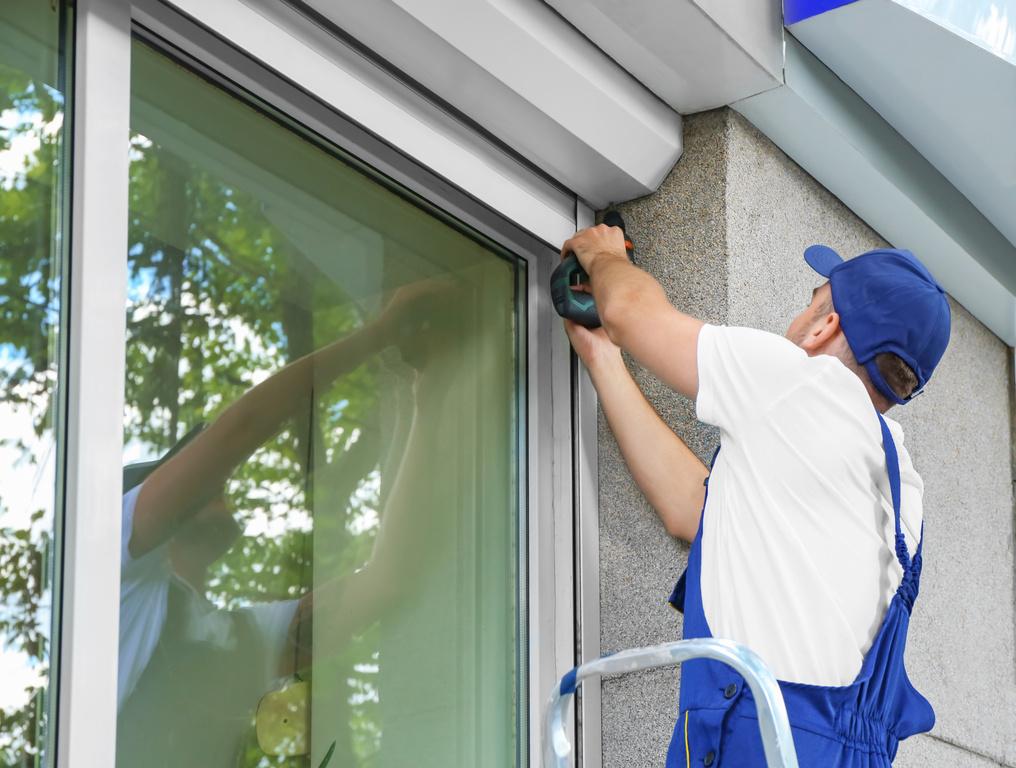
1 minute read
Property Preparation
Check the drainage in your yard and slope any mulching and fill away from your home to minimize the risk of flooding or foundation damage. Check any storm drains, culverts, and water retention areas, cleaning up debris or litter so storm water can flow as quickly and easily as possible. Turn off your irrigation system a few days prior to a storm’s arrival. Most storms and hurricanes are accompanied by significant amounts of rainfall. Wet soils do not grip the plant roots as well as dry soil can and lead to trees falling during and even after the storms.
Check all gutters and downspouts to be sure they’re firmly attached to your home and clear of debris and clogs. Be sure the slope of downspouts is appropriate to keep water draining, and use splash guards or downspout extensions to move excess water away from your home’s foundation. Remove all tools, furniture, potted plants and decorations from your yard before a storm. Secure small, loose items in a shed or garage. These items, if left out, can become projectiles. Larger items that cannot be brought inside should be secured or firmly staked down. Close and secure any shed or outbuilding doors.
Advertisement

Remove all tools, furniture, potted plants and decorations from your yard before a storm Secure small, loose items in a shed or garage These items, if left out, can become projectiles Larger items that cannot be brought inside should be secured or firmly staked down Close and secure any shed or outbuilding doors
Do not drain your pool High soil water levels actually can ‘float’ a pool causing it to heave and rise above the existing grade Water weighs nearly eight pounds per gallon and will hold the pool in place
Hurricanes can be a stressful time for homeowners, but with a little planning, you can minimize the dangers and risks to people and property a little bit of body text
-Samuel Hand, Associate Professor, Landscape Extension/Industry Certifications












